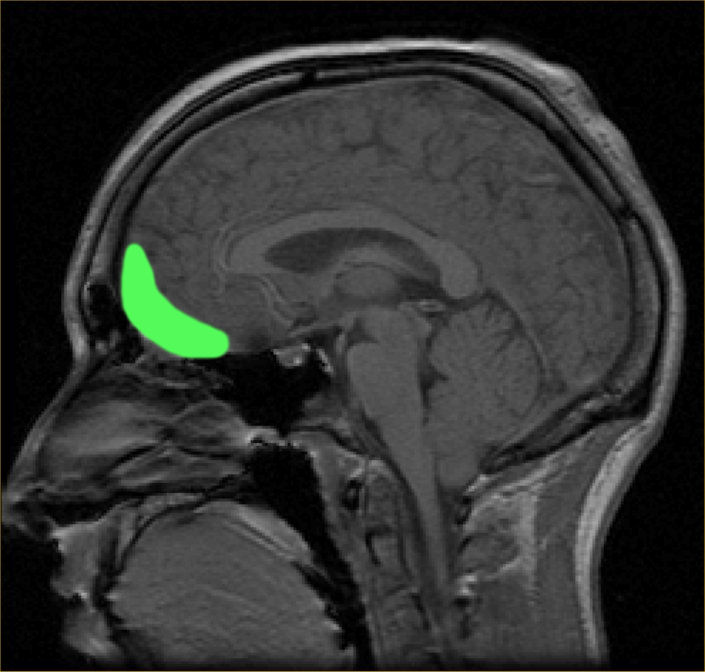|
|
Welcome to The Visible Embryo, a comprehensive educational resource on human development from conception to birth.
The Visible Embryo provides visual references for changes in fetal development throughout pregnancy and can be navigated via fetal development or maternal changes.
The National Institutes of Child Health and Human Development awarded Phase I and Phase II Small Business Innovative Research Grants to develop The Visible Embryo. Initally designed to evaluate the internet as a teaching tool for first year medical students, The Visible Embryo is linked to over 600 educational institutions and is viewed by more than one million visitors each month.
Today, The Visible Embryo is linked to over 600 educational institutions and is viewed by more than 1 million visitors each month. The field of early embryology has grown to include the identification of the stem cell as not only critical to organogenesis in the embryo, but equally critical to organ function and repair in the adult human. The identification and understanding of genetic malfunction, inflammatory responses, and the progression in chronic disease, begins with a grounding in primary cellular and systemic functions manifested in the study of the early embryo.

The World Health Organization (WHO) has created a new Web site to help researchers, doctors and patients obtain reliable information on high-quality clinical trials. Now you can go to one website and search all registers to identify clinical trial research underway around the world!

|
|
| Disclaimer: The Visible Embryo web site is provided for your general information only. The information contained on this site should not be treated as a substitute for medical, legal or other professional advice. Neither is The Visible Embryo responsible or liable for the contents of any websites of third parties which are listed on this site. |
|
|

Content protected under a Creative Commons License. Commons License. |
|
| No dirivative works may be made or used for commercial purposes. |
|
|
| |
|
|
 
CLICK ON weeks 0 - 40 and follow along every 2 weeks of fetal development
|
|
|
|
Make impulsive choices? Blame mom and dad's genes
'Delay discounting' is the tendency to take a smaller, immediate reward instead of a larger reward to be delivered in the future. This impulse is strongly influenced by our inherited genetic makeup.
According to a report presented at the American College of Neuropsychopharmacology annual meeting in Hollywood, Florida, 'Delay Discounting' is a trait that can be inherited. Identifying the 'delay discounting' genes and the proteins they code for, will be important in understanding the basis of a variety of psychiatric disorders, especially addictions and disorders involving impulsive decision-making.
In a study of 602 twins, Dr. Andrey Anokhin and his colleagues at Washington University School of Medicine found that delay discounting gradually improves as teens get older. By 18 year-olds, teens have a greater ability to wait for the larger delayed reward, as compared to younger teens.
Apart from age, genes account for about half of the differences between individuals in their level of delay discounting.
Although many genes are likely to influence delay discounting, some of Dr. Ahokhin's preliminary data suggest 'impulsivity genes' may include genes coding for enzymes that synthesize serotonin, a neurotransmitter, as well as for receptors that bind serotonin in the brain.
While it is tantalizing to speculate that delay discounting and serotonin-related genes may point a way to new treatments for addictions and other disorders involving impulsive choice, Dr. Anokhin cautions that "it is very early to link this speculation to a clinical application."
Ongoing studies by investigators across the country, including Drs. Abraham Palmer and James MacKillop, (who also participated in the conference), involve analysis of DNA and questionnaire responses from as many as 25,000 human subjects — in order to identify specific genes involved in delay discounting.
Such studies further our understanding of behavioral traits that can have profound effects on daily life and psychiatric well-being.
Study Conclusions
DD rate showed a modest but significant decrease with age, suggesting a reduction in overall impulsivity from middle to late adolescence. Significant test-retest correlations were observed in the age range from 16 to 20 years (r=0.64 to 0.75, p<0.001) indicating longitudinal stability of individual differences in decision-making behavior during middle and late adolescence. The genetic analysis using the twin design revealed significant heritability of both DD measures, with genetic factors accounting for 45%-64% of inter-individual variability in DD. Furthermore, DD showed significant associations with 5HT receptor genes (HTR1B, HTR2B) and tryptophan hydroxylase gene (THP2), providing preliminary support for possible contribution of genetic variation in the serotonergic system to individual differences in DD and warranting further association studies in larger samples.
Conclusions: In conclusion, converging evidence suggests that DD is a stable and heritable trait in adolescents and emerging adults that can serve as an intermediate phenotype in genetic studies of addictive and impulsive disorders.
This work was supported by grants from the National Institute on Drug Abuse.
ACNP, founded in 1961, is a professional organization of more than 1000 leading scientists, including four Nobel Laureates. The mission of ACNP is to further research and education in neuropsychopharmacology and related fields in the following ways: promoting the interaction of a broad range of scientific disciplines of brain and behavior in order to advance the understanding of prevention and treatment of disease of the nervous system including psychiatric, neurological, behavioral and addictive disorders; encouraging scientists to enter research careers in fields related to these disorders and their treatment; and ensuring the dissemination of relevant scientific advances.
Return to top of page
|
|
|
Dec 30, 2015 Fetal Timeline Maternal Timeline News News Archive

Impulsiveness involves the tendency to act on a whim,
display behavior with little or no forethought, reflection or
consideration of the consequences. Physically, the orbitofrontal
cortex (OFC) - GREEN - is what is affected in the brain.
Image Credit:
Wikipedia
|
|
|



